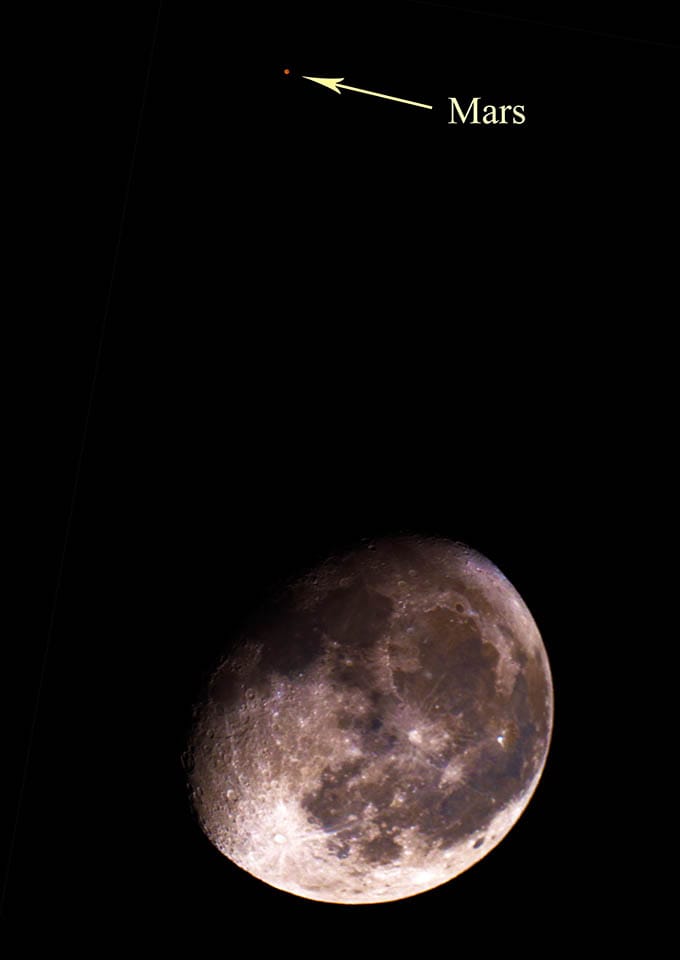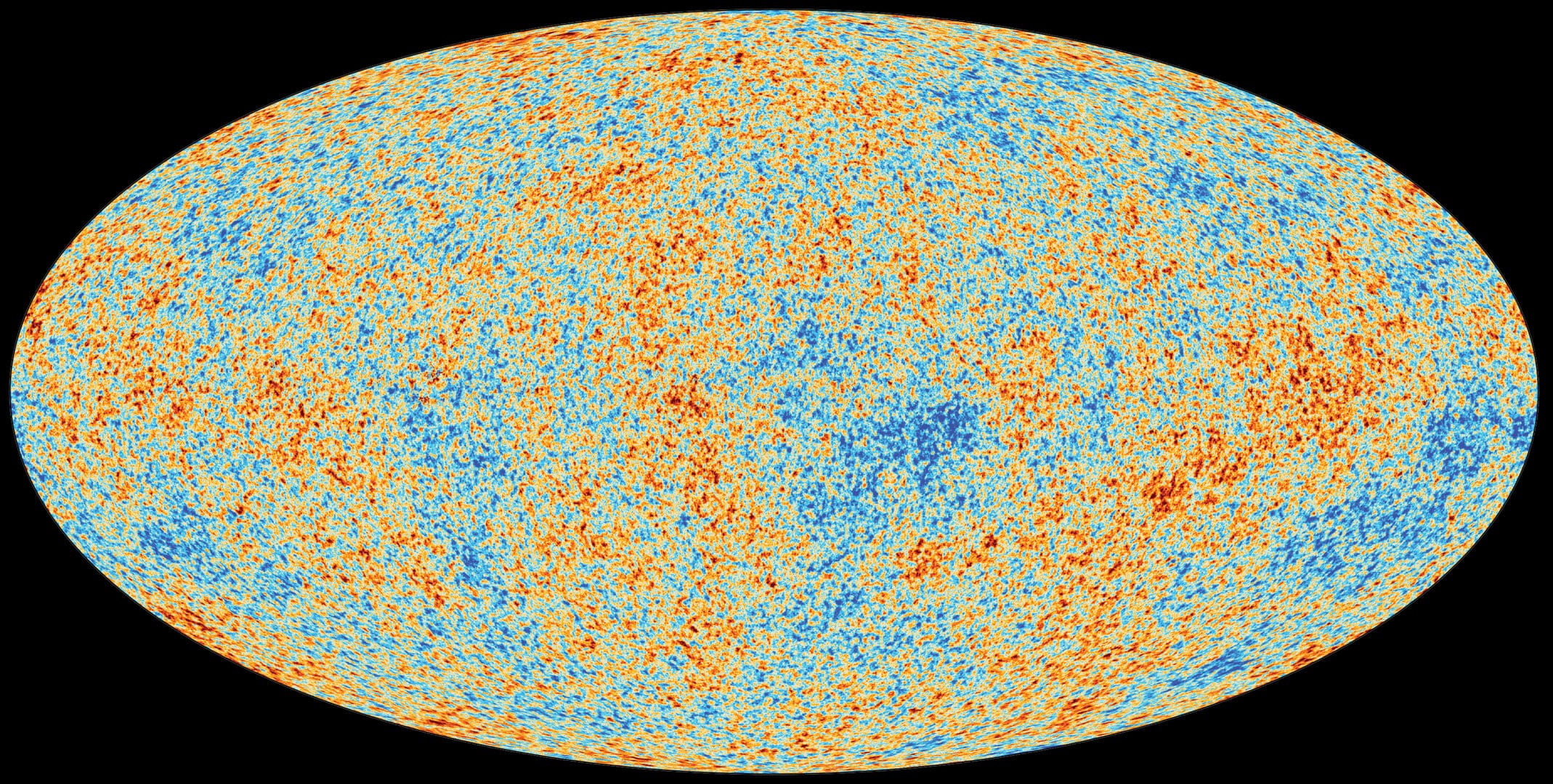The night sky has always been a source of fascination, providing mesmerizing views of celestial events for enthusiasts and occasional stargazers alike. February 2025 delivers a rare treat when Mars, the fourth planet from the Sun, aligns closely with Earth’s natural satellite, the Moon. The event, visible to the naked eye in certain regions of the world, is set to captivate those with their sights on the heavens.
The Mars-Moon conjunction on February 9, 2025, is particularly notable for its aesthetic and astronomical significance. Occurring during a waxing gibbous moon phase, the planet Mars will appear only a short distance from the Moon in the night sky. With clear skies, the visual alignment will be easy to spot as both celestial bodies glow prominently in the eastern sky after sunset.
Mars, though often referred to as the Red Planet, may appear as a small, reddish-orange point of light in the sky. At the time of the conjunction, Mars will be nestled near the constellation Gemini. This positioning offers a unique chance for viewers to observe the interplay of Mars’ reddish hues and the Moon’s silver sheen amidst a vast cosmic backdrop. The encounter is expected to inspire awe among astronomers and skywatchers alike.
Why is this event special? Though planetary conjunctions are common, this particular conjunction comes with striking proximity. Visible differences in the angle and position between Mars and the Moon offer professionals and amateurs alike a chance to observe concepts of relative motion in astronomy firsthand. The close pairing, separated by approximately 0.8 degrees as seen from certain locations, reminds onlookers of the dynamic and ever-shifting nature of the cosmos.
Explaining the timing and visibility further, the closest celestial approach, or conjunction, will occur during daylight hours in some regions, especially across the Americas. However, the best viewing opportunities will commence after dusk when the sky is dark enough to contrast the luminous Moon with the subtle shimmer of Mars. Observers in locations with minimal light pollution are likely to have the best experience.
For budding astrophotographers, February 9 offers an excellent opportunity to document the beauty of planetary motion. Capturing the dance of Mars and the Moon requires minimal equipment; a DSLR camera with a telephoto lens can deliver crisp and captivating images of the event. Those with telescopes might enhance their experience by spotting additional nearby features like stars belonging to the Gemini constellation.
But this celestial show isn’t restricted to high-tech observation tools. With a good pair of binoculars or even the unaided eye, the conjunction is accessible to almost everyone — a characteristic that underscores the shared marvel of such events for humanity around the globe. People from various cultural and geographical contexts can connect under the same sky, marveling at the same phenomena.
Astronomers continue to highlight the importance of moments like these. Conjunctions give curious observers a chance to dip their toes into the world of astronomy, sparking interest in exploring the night sky further. Educational initiatives around events like February’s Mars-Moon convergence often encourage people to learn about orbital mechanics, the distances between celestial bodies, and other fundamental astronomical principles.
This particular meeting of Mars and the Moon may also serve as a prelude to other exciting events planned for 2025. From other planetary alignments to meteor showers, the year promises to be an enriching time for stargazers worldwide. February itself is bustling with activity, from Moon crossings of star clusters like the Pleiades to Jupiter and Venus lighting up the late evening skies.
For those interested in exploring further, several online resources, mobile apps, and even local community events might help demystify this phenomenon. Both NASA and independent observatories often provide live streams or updates, ensuring even those in less favorable weather conditions can enjoy the cosmic showcase.
As February 9 approaches, mark your calendar and prepare to set out under the relative stillness of the night sky. Whether you’re an amateur skywatcher or a seasoned astronomer, the Mars-Moon conjunction promises to stand out as one of 2025’s most thrilling and accessible astronomy events. From marveling at the Red Planet’s subtle hues to tracing the glowing perimeter of the Moon, the drama of the natural universe awaits.
In closing, events like Mars’ close approach to the Moon remind us of our connection to the cosmos. They emphasize the relevance of looking beyond Earth and indulging the human spirit of exploration and curiosity. Make time to experience this celestial wonder and let the beauty of the night sky inspire awe, learning, and unity.



